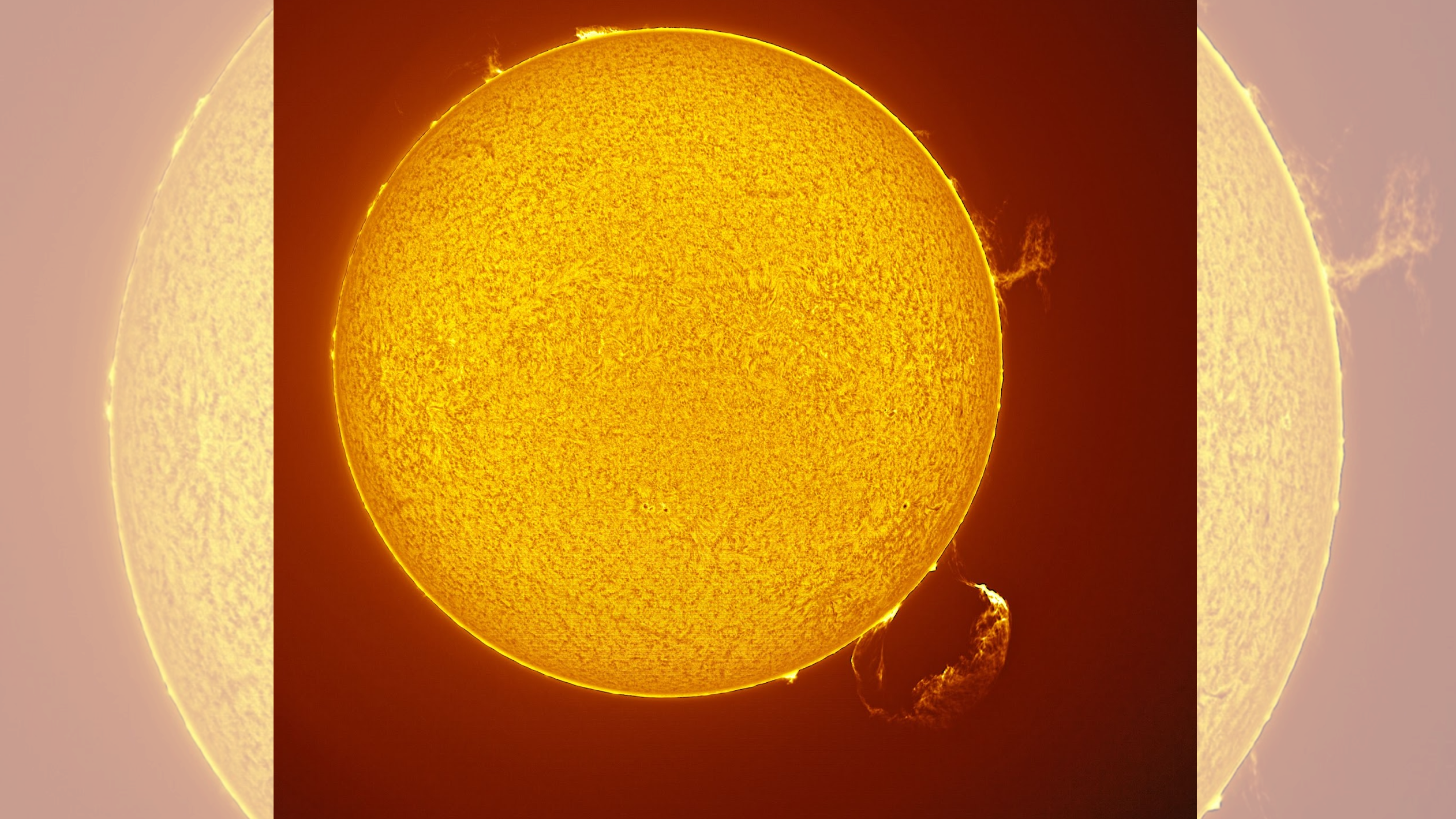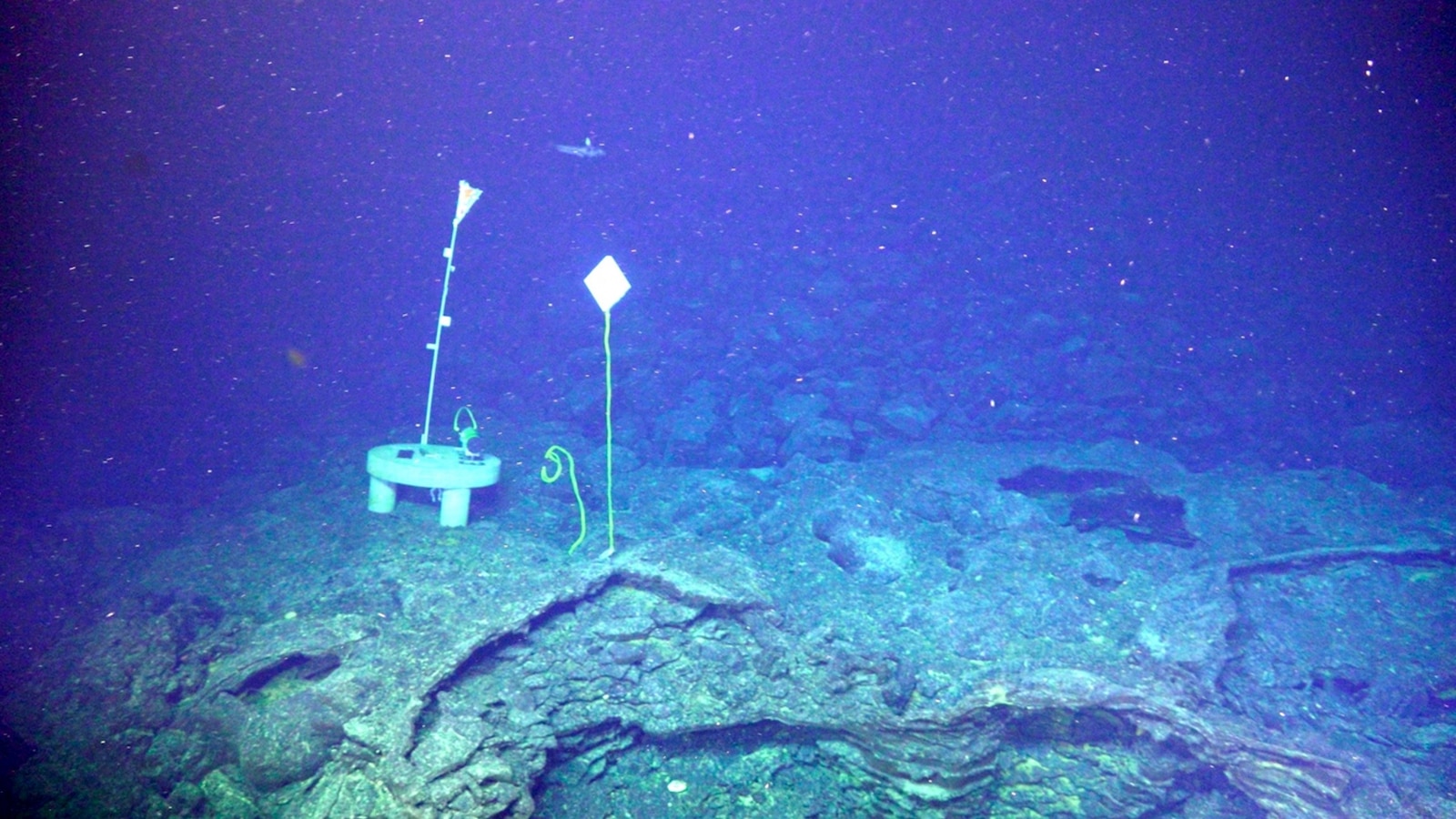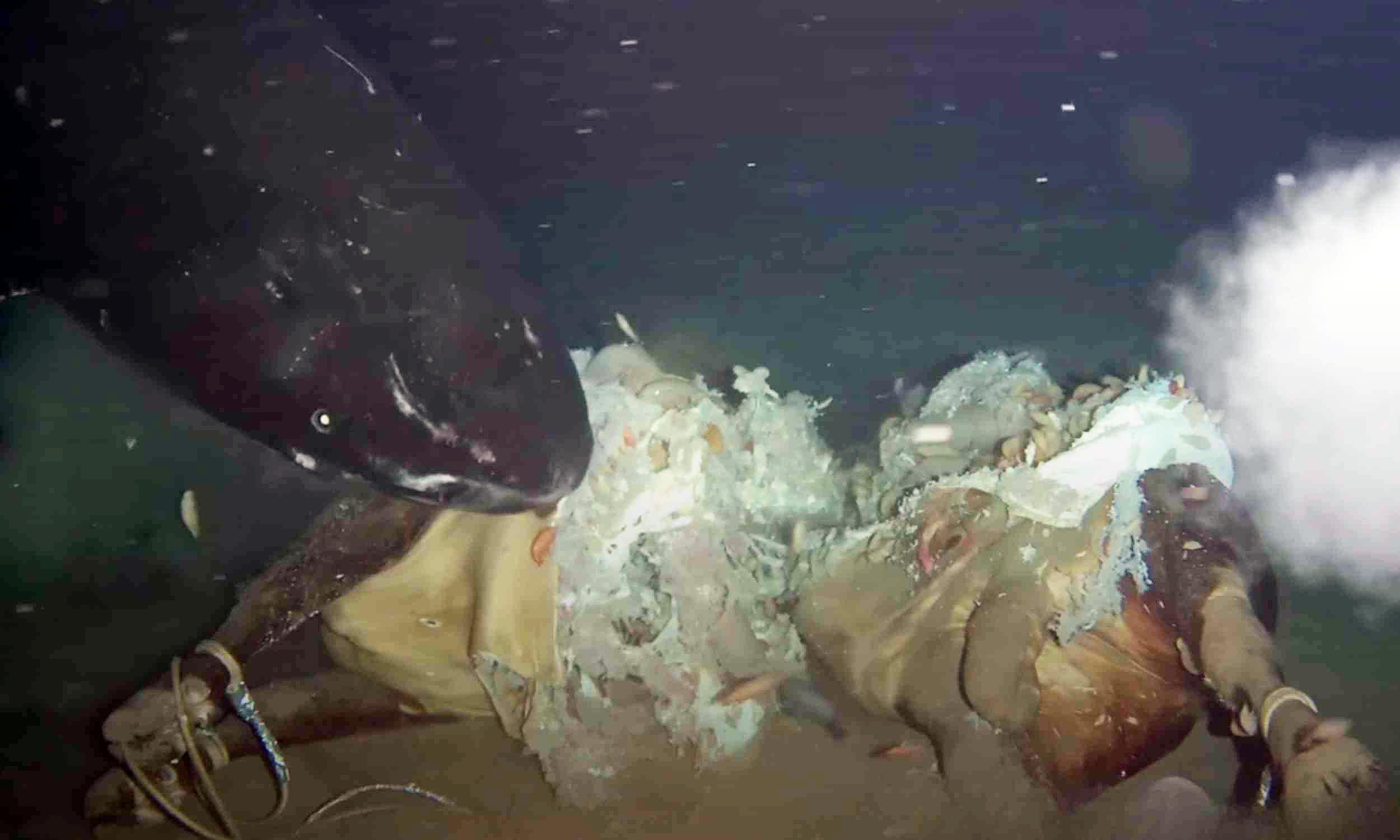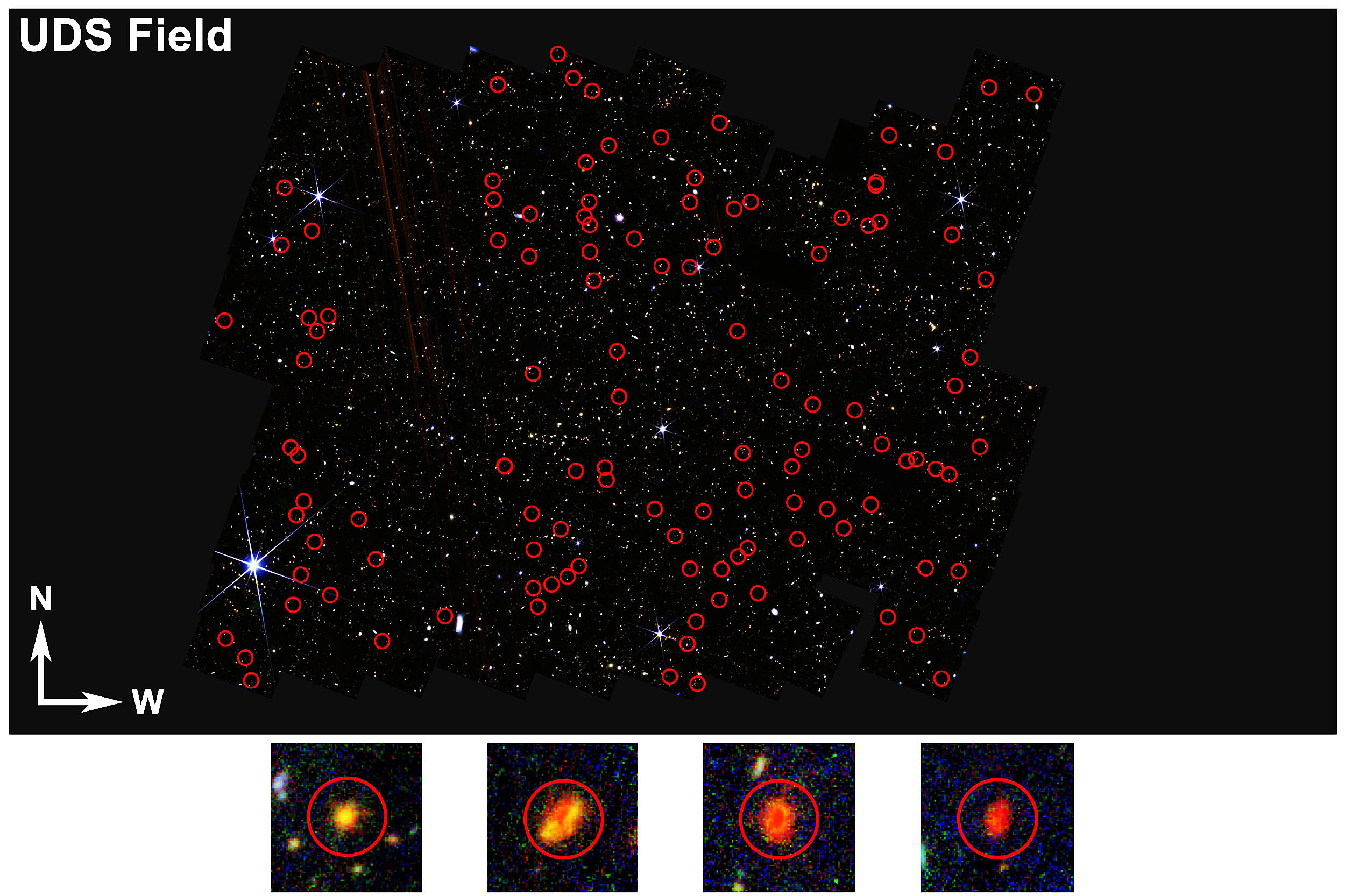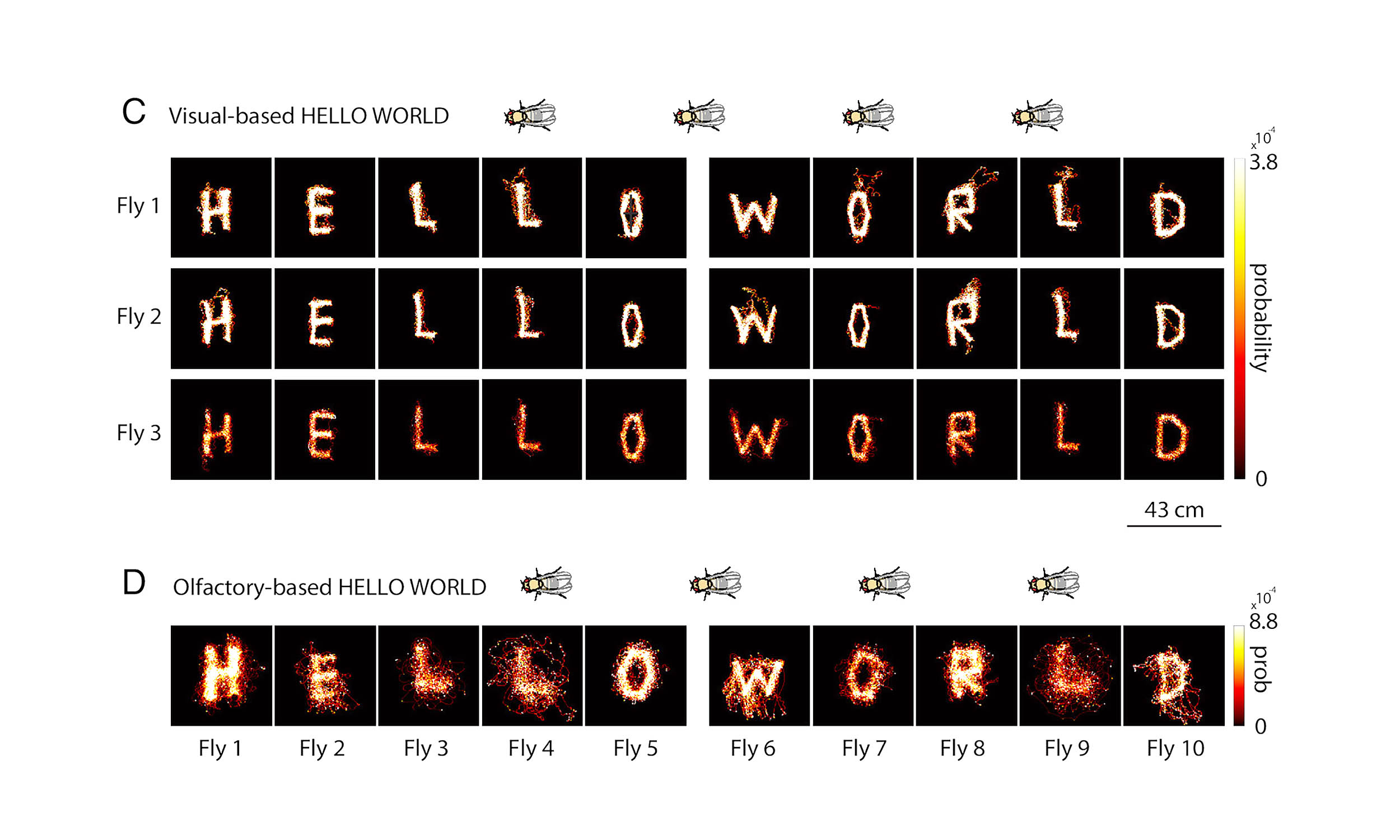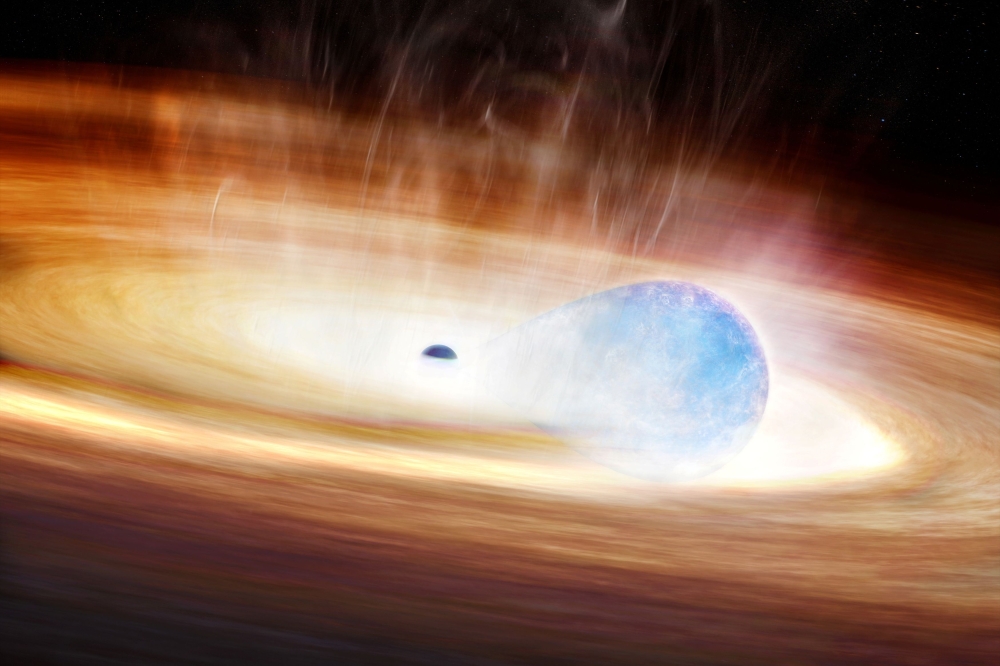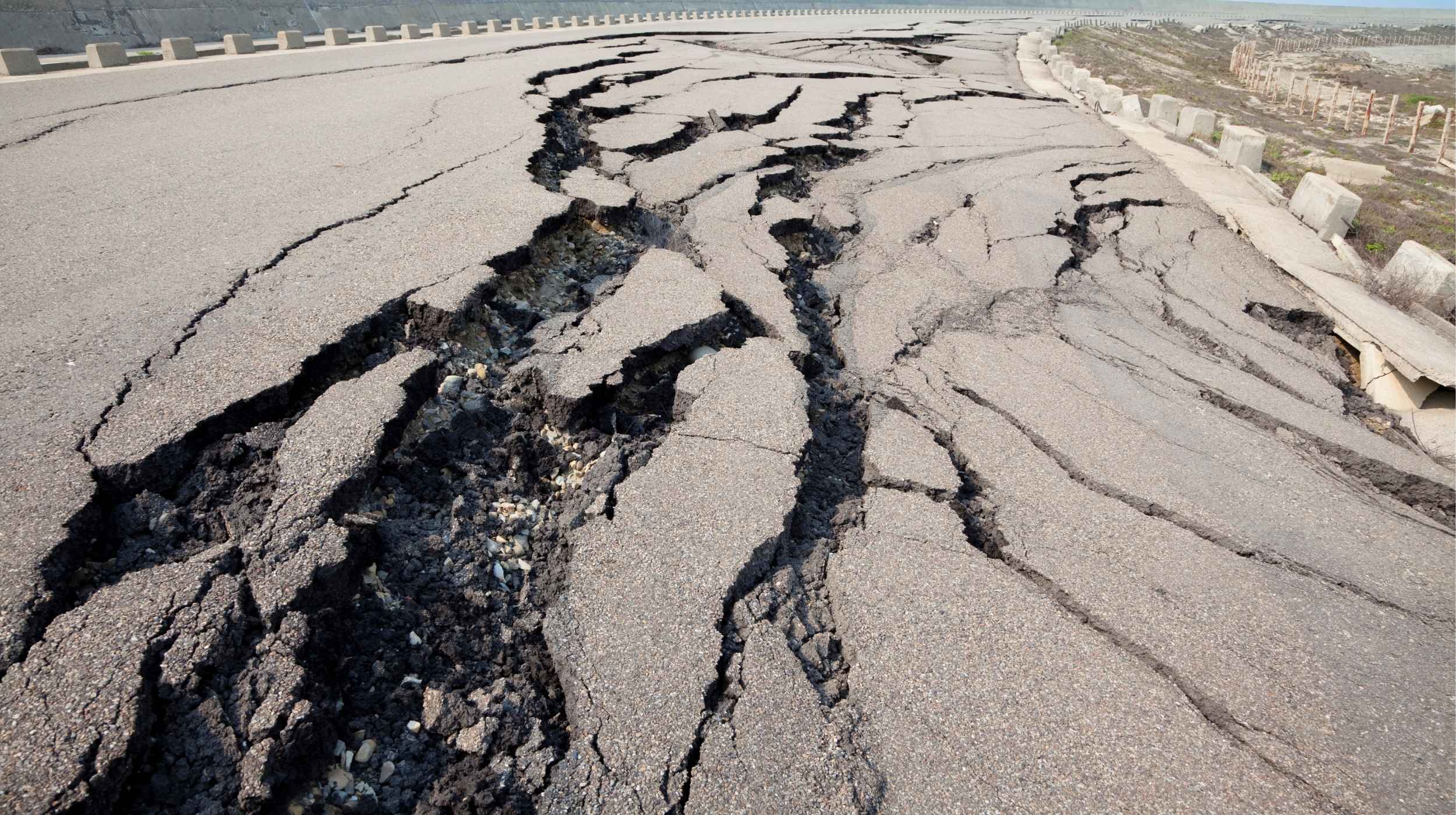Is There a Hidden Planet Lurking at the Edge of Our Solar System? 🌌
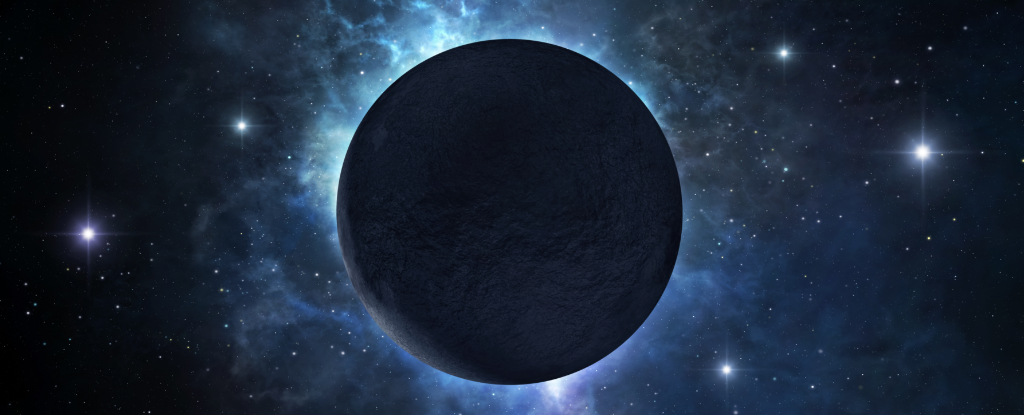
What if I told you there might be a giant, mysterious planet hiding just beyond our view, waiting to be discovered? The concept of an undiscovered planet, dubbed 'Planet Nine,' has been whispered about in astronomical circles since the 1930s, alongside the discovery of Pluto.
Initially labeled as Planet X, this idea emerged as scientists sought an explanation for the unusual orbit of Uranus, which seemed to defy the laws of physics as we understand them. It was suggested that a gravitational pull from a planet several times larger than Earth could be the reason behind Uranus's odd path.
While this mystery was eventually resolved with a recalibration of Neptune's mass in the 1990s, the intrigue didn’t stop there. Fast forward to 2016, and astronomers Konstantin Batygin and Mike Brown at Caltech reignited the discussion by proposing the existence of Planet Nine, correlating it with the Kuiper Belt—a vast region of icy bodies and dwarf planets situated beyond Neptune.
The Kuiper Belt is fascinating in its own right, filled with trans-Neptunian objects that share characteristics akin to Uranus, as many of these celestial bodies orbit the Sun in erratic paths. Batygin and Brown posited that the mysterious gravitational influence of Planet Nine might explain these irregularities.
To illustrate, similar to how our Moon orbits Earth while also moving around the Sun, the gravitational forces at play could be causing a spiral motion for these distant objects. Indeed, the more we observe, the more it appears that there’s something out there influencing the orbits of Kuiper Belt objects.
As skepticism from the scientific community initially surrounded the Planet Nine theory, evidence continued to mount. As Brown stated in 2024, “It is very unlikely that P9 does not exist. Current observations show no other explanations for the effects we see.”
In 2018, a new candidate for a dwarf planet, designated 2017 OF201, was announced. Measuring about 700 kilometers across, this object possesses a highly elliptical orbit around the Sun, indicating it may have either experienced a collision early in its formation or could be under the gravitational influence of Planet Nine.
But the big question remains: If Planet Nine does exist, why hasn’t anyone found it yet? Some astronomers argue that the available orbital data from Kuiper objects might not be sufficient to support conclusions about Planet Nine's existence. Others speculate alternative explanations, such as a ring of debris or even the more fantastical scenario of a small black hole causing these irregular motions.
The primary challenge, however, is this: the outer Solar System hasn’t been observed long enough to draw definitive conclusions. For instance, 2017 OF201 takes about 24,000 years to complete an orbit, making it tough to detect subtle gravitational influences without several cycles of observation.
Recently, the discovery of a new object named 2023 KQ14 has further complicated the narrative surrounding Planet Nine. Found by the Subaru telescope in Hawaii, this object classified as a “sednoid” resides far from the Sun, with a stable elliptical orbit that suggests it’s not being significantly influenced by Neptune or any large planet.
As it stands, 2023 KQ14's closest approach to the Sun is about 71 astronomical units away, while its furthest point is a staggering 433 AU. For context, Neptune orbits the Sun at about 30 AU. This raises further questions: if Planet Nine were influencing the Kuiper Belt, it would likely need to be situated beyond 500 AU.
This is not the first sednoid discovered, either; in fact, four have been identified, all with stable orbits, suggesting any hypothetical Planet Nine would need to be very far away indeed.
Despite these challenges, the tantalizing possibility of a massive, hidden planet affecting the Kuiper Belt's dynamics remains alive. However, the limitations of current technology and the immense distances involved mean that our search for this elusive planet relies heavily on ground- and space-based telescopes.
The exploration of these distant realms is ongoing, as new asteroids and objects are continually discovered, enhancing our observational capabilities. So, as we look towards the cosmos, let’s keep our eyes peeled for any signs of what may be hiding in the enormous expanse of space!
Ian Whittaker, Senior Lecturer in Physics at Nottingham Trent University, highlights the significance of these discoveries and the possibilities they present for our understanding of the Solar System.
This article has been republished from The Conversation under a Creative Commons license. Read the original article for more in-depth insights.


